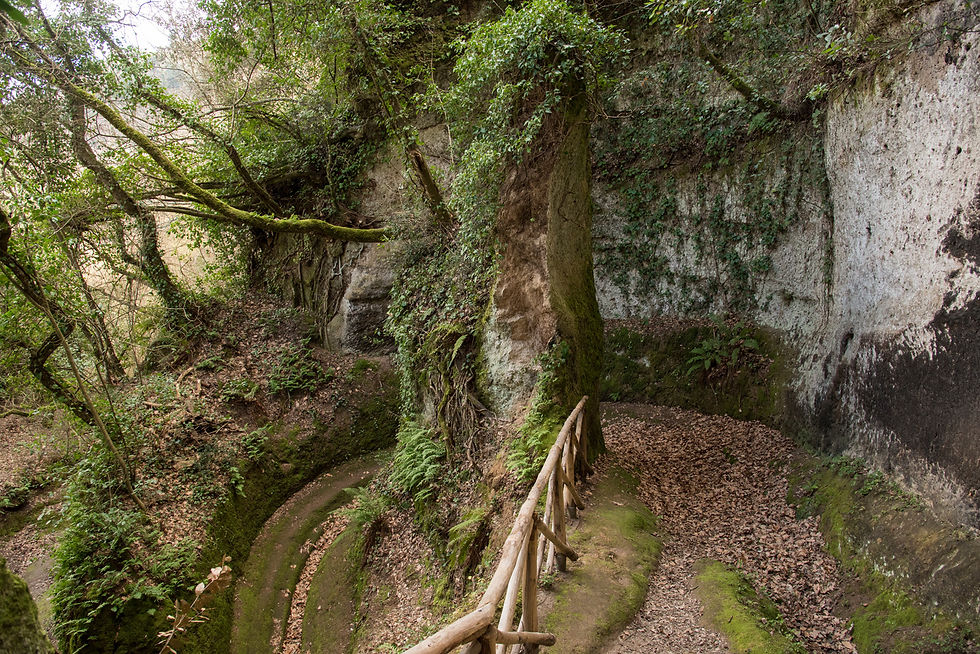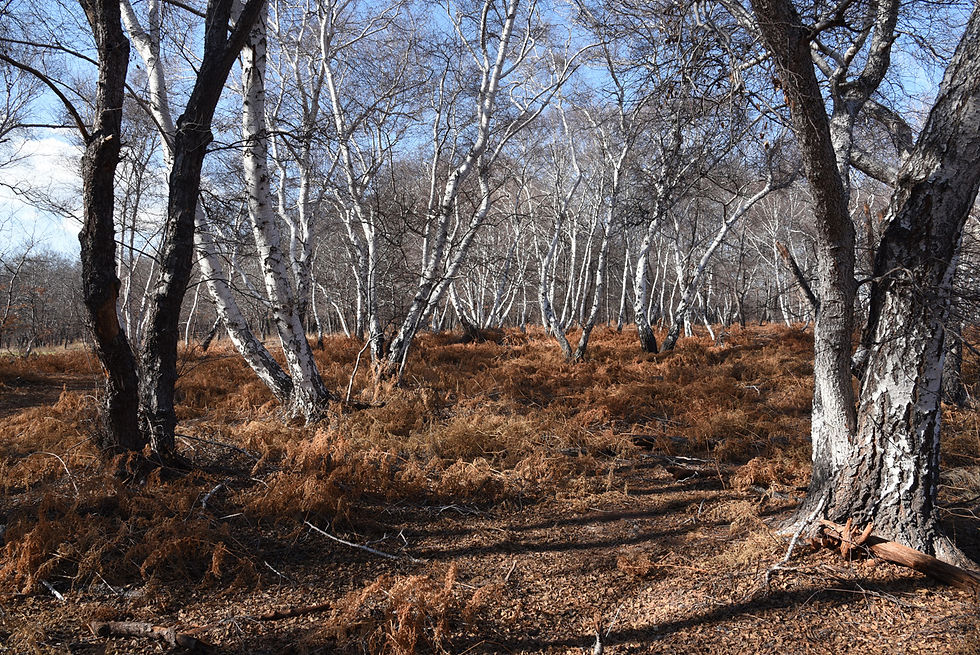TOSCANY
"Vie Cave"
by CARLA DE AGOSTINI

Pitigliano, together with Sovana and Sorano, is one of Tuscany's tuff cities. This charming mediaeval town, which stands on a steep spur of tufa, dominates the surrounding valleys from above, where the Prochio and Meleta rivers flow into the Lente. Originally a small independent duchy during the late Middle Ages and Renaissance, it has come to be considered the little Jerusalem of the Maremma due to the pivotal role the Jews played in the life of the town, and because it has always been a centre of refuge in Central Italy. The earliest settlement probably originated in the 16th century by the Orsini counts.

In the valley that surrounds it, there are the Vie Cave, paths carved into the tufa along rocky slopes of volcanic origin, unique works of great historical and cultural importance that date back to the Etruscans. In Pitigliano alone, there are at least a dozen Vie cave, including the Pantano and San Lorenzo, which all vary in size. Up to a kilometre long, these paths are between two to four metres wide and up to twenty-five metres high. These winding and often interconnected paths are a mystery to scholars as there are no precise answers as to their use. Some hypothesise a sacred and funerary use, others claim they were connecting roads, defensive systems or even water drainage works. To date, the thesis on funerary routes seems to be the most widely accepted, because the semi-underground routes tend to coincide with the crossing of a necropolis. At the time of the Etruscans, the Vie Cave were lower, but as their use diversified, and they were increasingly used as shortcuts between villages and valleys, they became deeper and deeper. In fact, it has been calculated that the route that can be taken today is often more than ten metres lower. This difference is most probably due to various reconstruction works carried out over time, including further excavations to regularise the erosion of the road surface, which had been worn down and made uneven, particularly by the trampling of pack animals' hooves. As you walk along these paths, you can read the history of the place through signs left over time. You can find tombs and engravings from the Etruscan period, mediaeval inscriptions or signs of water regulation, dating up to the Christian era. Also present are the residues of "scacciadiavoli": niches containing sacred images that were intended to reassure travellers. But that's not all, there are signs testifying to pagan rites that have become traditional over time, such as the celebration of the 19th of March in the Via Cava di San Giuseppe: the event consisting of a night-time procession, during which burning bundles are carried to celebrate the arrival of spring.
Another peculiarity is the microclimate produced between these vertiginous walls. In some places, the foliage of the trees has formed a sort of vegetal roof that has favoured the growth of vegetation typical of damp and shady environments, such as ferns, mosses, lichens, ivy and lianas, which create suggestive plays of light and contribute to their charm. Trad.Greta Sanna
GALLERY















Photo @ Cristina Archinto
Highlights






















